
Concerns about brick and stone artifacts
My Son relic site currently has 40 temples, a system of surrounding walls and 1,803 artifacts, mostly made of sandstone, ceramic, and terracotta (architectural components, decorative sculptures, altars, statues of gods, sacred animals, ritual objects, etc.).
Specifically, there are 708 artifacts on display in the relic site and 93 artifacts on display at the My Son Museum, the rest are preserved in storage.
According to the My Son Cultural Heritage Management Board, preserving materials at My Son relics as an open museum when most of the artifacts are displayed outdoors in the harsh environmental conditions of My Son valley is always a big challenge.
In particular, climate change leads to more sun and rain, causing the expansion of temples and artifacts to be more severe, making them more susceptible to cracking, chipping, and moss and mold invasion.
Besides, the preservation of stone artifacts (door pillars, door steps, lintels, wall decorations, corner decorations, fire ears, tower tops, altars, steles...) or other materials such as laterite (G tower group), stone - gravel in the wall core (F towers); or decorative ceramics, terracotta roof tiles, cobblestones used to reinforce foundations, build wall cores... also faces difficulties.
In fact, since the 1980s, the My Son towers in areas B, C, and D have been reinforced, using mainly re-used old bricks and cement mortar.
However, moss, mold and microorganisms grow a lot, destroying the surface of the restored bricks and spreading to the original walls. With the restored towers A, H, K, E7 (2003 - 2022) using restored bricks and bonded with otter oil, lime mortar..., after a short time, the phenomenon of salt and decay of the new brick surface appeared and moss and mold appeared very quickly.
In order to preserve artifacts and relics, the My Son Cultural Heritage Management Board has recently carried out periodic cleaning every two months. In addition, it also regularly clears the outside walls of the towers, creating an airy space.
Particularly, the phenomenon of fungi, mold, and lichens growing on the surface of relics and artifacts displayed outdoors, or some artifacts displayed on the walls of towers D1 and D2, also face the phenomenon of moisture and mold growing for a long time.
Even through inspection, there was a phenomenon of surface decay, causing deformation and the risk of not being able to recognize the carved patterns on it, reducing the value and durability of the artifact.
Finding conservation solutions
To preserve the brick and stone materials of the relic, since the late 20th century, several experiments on preserving the brick surface on the temple tower have been carried out by the My Son Cultural Heritage Management Board by boiling otter oil and applying a thin layer to the original brick surface on tower D2.

Through observation and monitoring by the staff at that time, in the first 2 years, the moss and mold phenomenon decreased significantly. However, after that, the lichen and mold gradually returned to normal like the symmetrical wall. When the E7 tower was restored in 2015, they also tested preserving the newly restored brick surface on the tower roof with a thin layer of otter oil. Up to now, the otter oil protective layer has also faded and is no longer effective.
In 2018, Indian experts restoring the H tower group also tested otter oil covering a newly restored 1m2 wall in the North corner of the H1 tower. In the first 2 years, the wall was bright and had a difference, but in the following years, when the otter oil layer gradually faded, there was no difference between the preserved wall and the symmetrical wall.
In 2017, the Institute for Monument Conservation coordinated with the My Son Cultural Heritage Management Board to test the preservation of the wall surface of tower F1 (inside the house) and F2 in the natural open air. This preservative basically helps the brick surface to be hard and greatly limits the invasion of moss, mold, and lichen. However, the color after preservation feels new, not close to the natural color of ancient bricks.
In April 2022, the My Son Cultural Heritage Management Board continued to coordinate with the Institute of Monuments Conservation to conduct a pilot project to treat mold, lichen, moss, and algae on the surface of brick and stone materials at a specific location at towers B4 and E7.
The test site is located on walls that are in different stages of restoration and reinforcement, and are exposed to different weather conditions, with the surface of the material being damaged by mold, lichen, and algae. The test site has little impact on the activities of the relic site.
The technical team chose a hot, sunny day, the tower wall was dry, and carried out the steps to clean the surface of the bricks and stones of moss, fungus, and lichens very carefully, without affecting the original elements. Then, spraying a thin layer of chemicals on the surface of the tower wall and the stone pillars of the door, the results were quite positive, but this was only the first step that needed to be monitored.
According to Mr. Tran Quoc Tuan - Deputy Director of the Institute for Monument Conservation, with the advancement of science and technology, advanced methods of monument preservation such as chemistry, physics and biology are being applied more and more popularly in the world today.
The trend of chemical preservation, especially with materials in relics such as bricks and stones, is being researched, developed and widely applied. This method has brought about initial positive results, meeting the strict requirements of maintaining the integrity and increasing the sustainability of the relics.
Source: https://baoquangnam.vn/thach-thuc-bao-quan-gach-da-tai-my-son-3143176.html



![[Photo] Students of Binh Minh Primary School enjoy the full moon festival, receiving the joys of childhood](https://vphoto.vietnam.vn/thumb/1200x675/vietnam/resource/IMAGE/2025/10/3/8cf8abef22fe4471be400a818912cb85)
![[Photo] Prime Minister Pham Minh Chinh chairs meeting to deploy overcoming consequences of storm No. 10](https://vphoto.vietnam.vn/thumb/1200x675/vietnam/resource/IMAGE/2025/10/3/544f420dcc844463898fcbef46247d16)



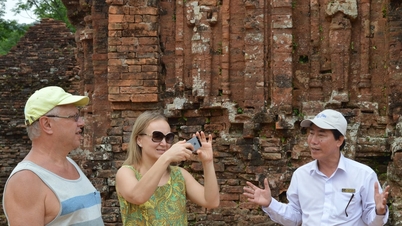

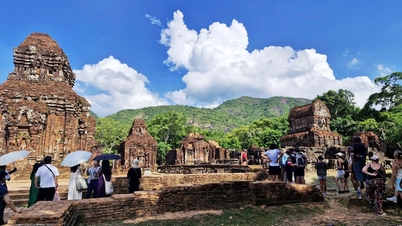



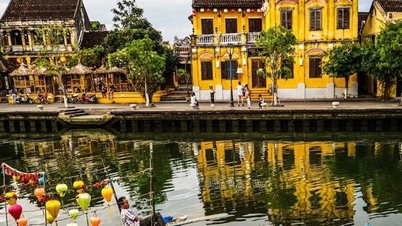


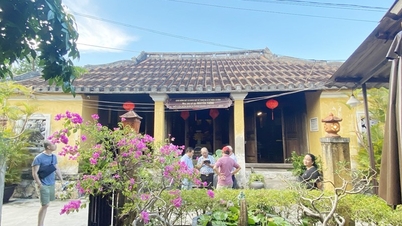

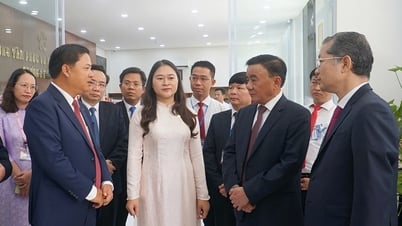
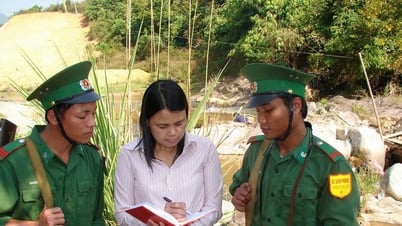
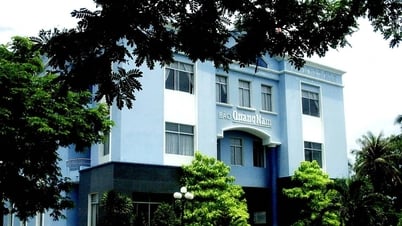
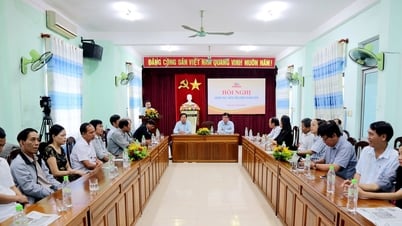
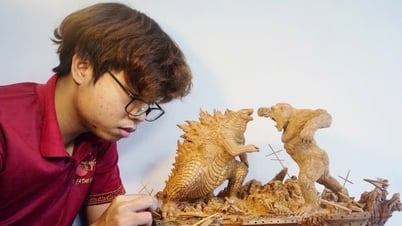




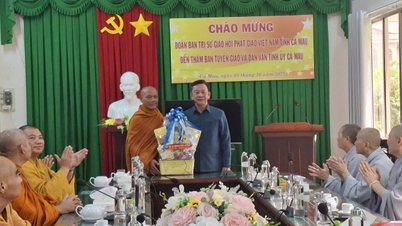
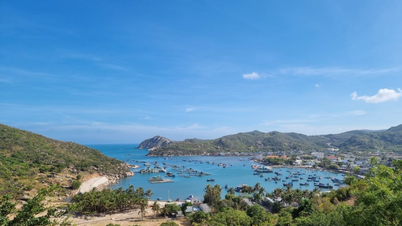
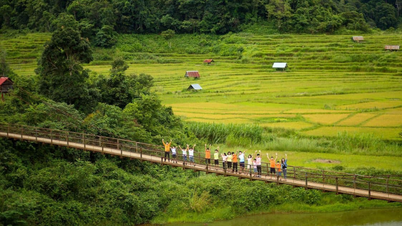
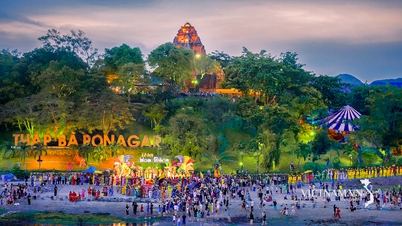




















































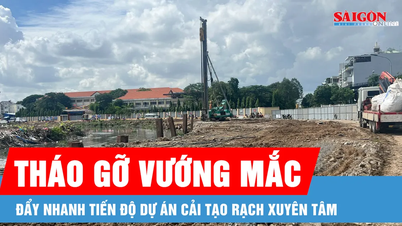
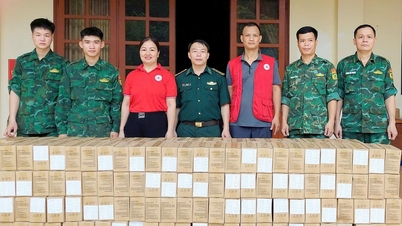

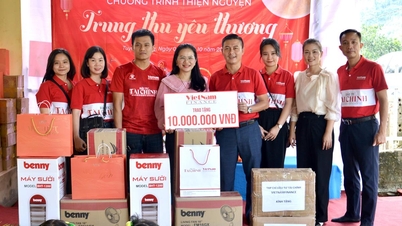
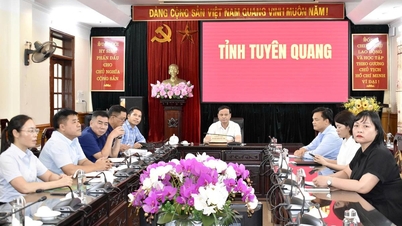
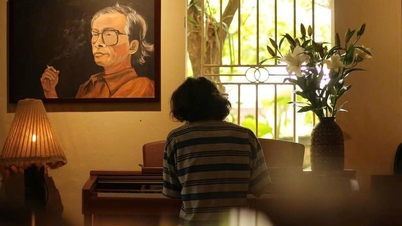

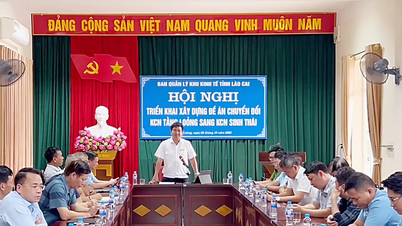












Comment (0)